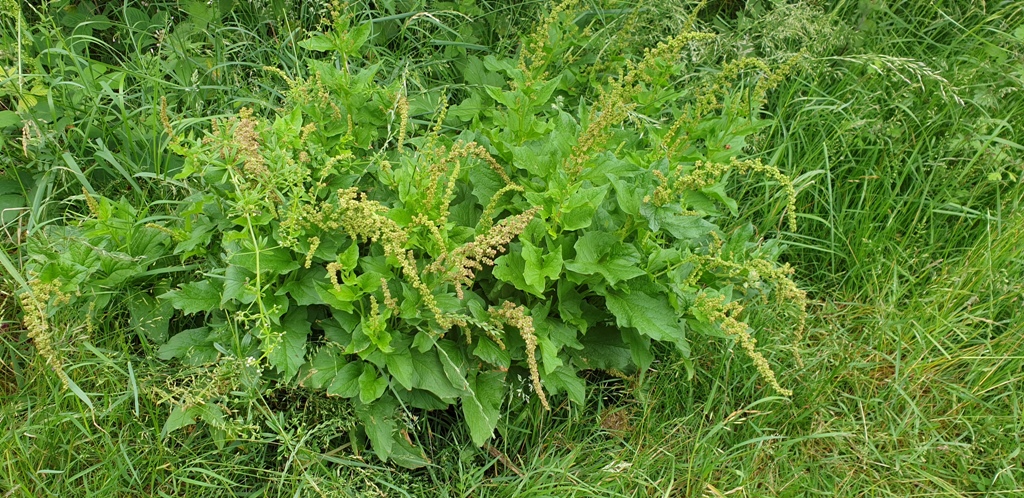Amaranthaceae is a family of flowering plants commonly known as the amaranth family, in reference to its type genus Amaranthus. It now includes the former goosefoot family Chenopodiaceae and contains about 165 genera and 2,040 species in the world!

It is not an obviously attractive family but as always when you delve further in all those families there are some fascinating members!
In Stace, 12 genera are described of which many are introduced by accident through wool, soya bean waste, as birdseed and other sources.
The less common, introduced genera + species will briefly be mentioned on the next page as well as our more common, native species.
Click links of the plants in the contents below for more info and pictures from various websites. Scientific/Latin Name usually has a link from the Online Atlas of the British Isles and Irish Flora. Pink background means a warning (such as poisonous!) or medicinal use, green for edible, ornamental or other uses and blue for habitat where it can be found in B.I. , for interesting facts or for wildlife use. Pictures from Wikipedia or Mike Poulton and edited information mainly from PFAF and Wikipedia.
Contents:
Dysphania spp or Goosefoots
Dysphania botrys or Jerusalem oak goosefoot
D. ambrosioides or Jesuit’s tea
‘Chenopodium‘ spp. or Goosefoots
Chenopodium album agg. or Fat Hen
Chenopodium ficifolium or Fig-leaved goosefoot
Chenopodium vulvaria or Stinking Goosefoot
Chenopodium bonus-henricus or Good King Henry
Oxybasis glauca or Oak-leaved Goosefoot
Oxybasis rubra or Red Goosefoot
Oxybasis chenopodioides or Saltmarsh Goosefoot
Chenopodiastrum murale or Nettle-leaved Goosefoot
Chenopodiastrum hybridum or Maple-leaved Goosefoot
Lipandra polysperma or Many-seeded Goosefoot
Salicornia and Sarcocornia or the Glassworts
Salicornia ramosissima or Purple Glasswort
Salicornia procumbens agg or Yellow Glasswort
Salicornia europaea or Common Glasswort
Salicornia pusilla or One-flowered Glasswort
Sarcocornia perennis or Perennial Glasswort
Suaeda maritima or Annual Sea-blite
Suaeda vera or Shrubby Sea-blite
Salsola kali or Prickly Saltwort
Salsola tragus or Prickly Russian thistle
Atriplex spp. or Oraches
Atriplex prostrata or Spear-leaved Orache
A. praecox or Early Orache
A. patula or Common Orache
A. littoralis or Grass-leaved Orache
A. glabriuscula or Babington’s Orache
A. longipes or Long-stalked Orache
A. laciniata or Frosted Orache
A. portulacoides or Sea-purslane
A. pedunculata or Pedunculate Sea-purslane
Beta vulgaris or Sea Beet
and subsp. maritima: subsp. cicla; subsp. vulgaris
Amaranthus spp. or Pigweeds
Amaranthus retroflexus or Common Amaranth/Callaloo
A. hybridus or Green Amaranth, Callaloo
A. ozanonii (A. retraflexus x A. hybridus)
A. caudatus or Love-lies-bleeding
A. albus or White Pigweed
Continue reading “Uses of the Amaranthaceae or Goosefoot family”
